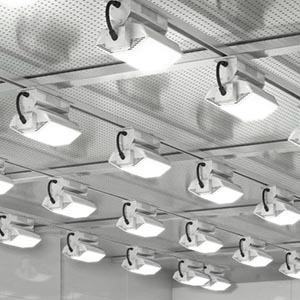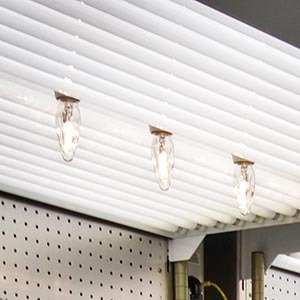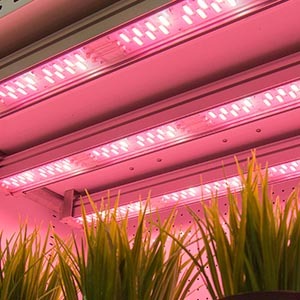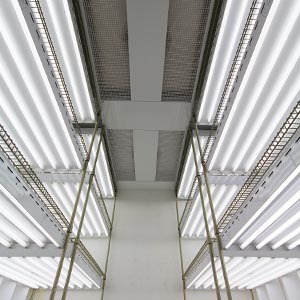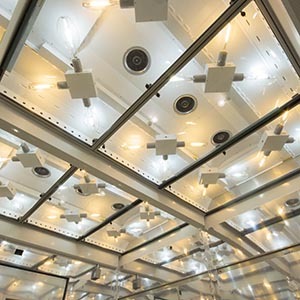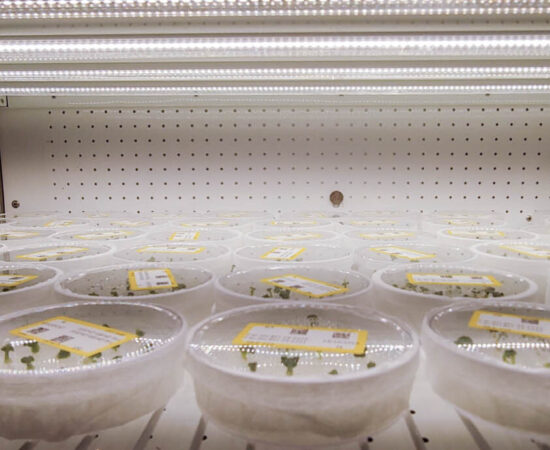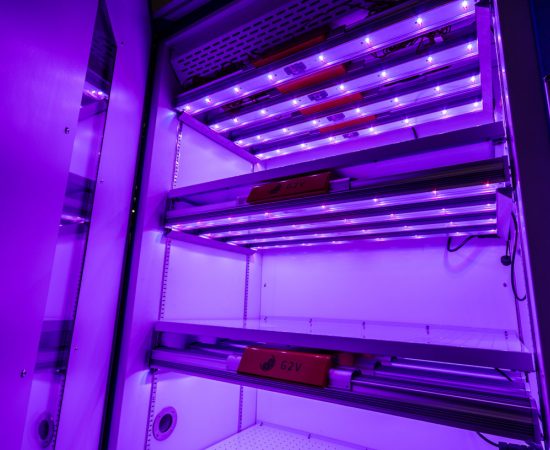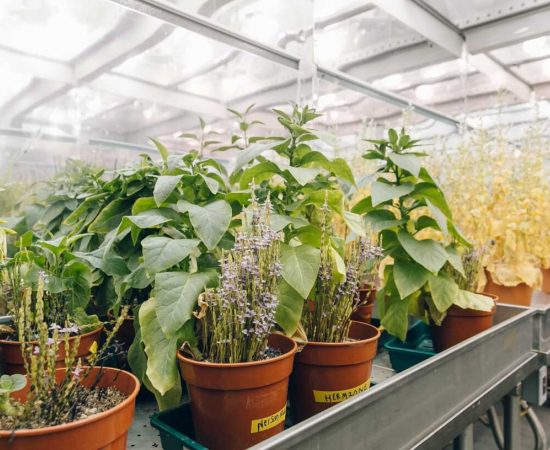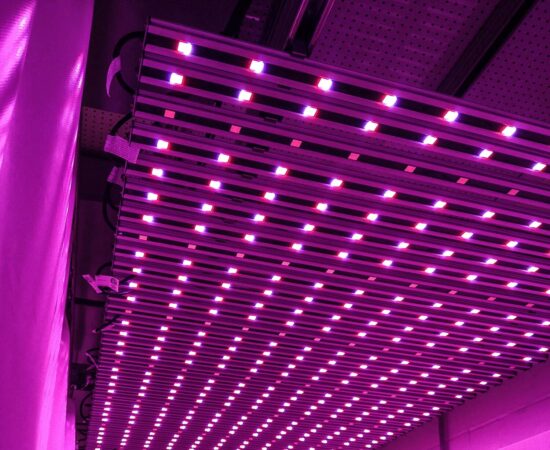Energy Efficient LED Lights for PGR15/E15/BDR16
Save energy and minimize the chance of interruption to your research by installing a PGR15/E15/BDR16 LED lighting kit. Kits come complete with do-it-yourself instructions so that your facilities staff can install them quickly and easily.
Valoya LEDs
Conviron is the exclusive distributor of Valoya’s products to seed and biotech companies, government institutions and universities in North America and Australia. Conviron also distributes Valoya LEDs to the commercial horticulture sector in various regions around the world. As a preferred partner, Conviron has full access to Valoya’s products, research and solutions base. Working collaboratively, we integrate Valoya’s technology into new and existing products to provide clients with high-performing, cost-effective LED lighting solutions. Read more below.
Trialing Light Alternatives
Confused by all the lighting options available for your research? Avoid investing in the wrong solution with this video featuring Reg Quiring as he shares his 30 years of experience in plant growth chambers design and development. Read more below.
LED Lighting in Plant Growth Research
More and more, plant scientists are integrating LEDs into their research programs to meet their needs for a specific light spectrum and to reduce the operational cost. Read more below.
Reducing Carbon Footprint at the University of Cambridge
Across our growth facilities, lighting in particular uses a huge amount of electricity as thousands of lights blaze away all year round to grow what our researchers need. Our electricity demand costs hundreds of thousands of pounds every year and give the department a large carbon footprint. Read more below.
LEDs to Support Germination
The MTPC Vitality chamber is the second of a two part custom solution designed for Nunhems, a global specialist in vegetable genetics. It is designed to support early growth of young plants germinated from experimental seed so as to determine its viability. Read more below.
Generating Diurnal Conditions Using LED Lighting
The Spectral Pheno Climatron in Justin Borevitz's lab at the Australian National University allows changes to light, temperature and humidity settings every minute to simulate the expected climate at regional locations around the world including past, future forecast and climate change conditions. Read more below.
Controlled Environment Rooms at the John Innes Centre
The latest addition at the John Innes Centre is an innovative and groundbreaking controlled environment room designed and built by Conviron. Within the room it is possible to control a number of different parameters including temperature, light and humidity. Rooms incorporate Valoya LED lighting. Read more below.
Plant Growth Chamber with Four Channel LEDs for Tissue Culture Research
This double door multi-tier reach in chamber was equipped with multi-channel LED bars for tissue culture research.The supplier of the light bars (G2V Optics) was able to customize the length of its bars and the number of light bars per fixture so that it would conform to an existing chamber design (Conviron model A2000). Read more below.
Investigating Grain Sterility, International Center for Tropical Agriculture, Columbia
The mission of the International Center for Tropical Agriculture (CIAT, by its Spanish acronym) is to reduce hunger and poverty, and improve human nutrition in the tropics through research aimed at increasing the eco-efficiency of agriculture. Photos courtesy of CIAT-FLAR. CIAT's plant growth room incorporates Valoya LED lighting. Read more below.
Xenon Lit Plant Growth Chamber
Prolonged exposure to sunlight can cause deterioration of most industrial-produced materials, coatings and chemical compounds. Accelerated testing using a simulated UV light source in a growth chamber makes it possible to determine the lifespan and environmental fate of compounds when applied to plants. Though typical non-barriered fluorescent lights provide a small amount of UV, it is nowhere near the UV radiance found outdoors in natural light. The use of an ultraviolet-rich light source, such as a xenon lamp, is very useful in replicating long term sun exposure as closely as possible. Read more below.
LEDs for Horticulture: Not all the Same
Traditional light technologies like high-pressure sodium, metal halide or fluorescent lights produce distinct light spectrum and wavelengths that are effective, but not necessarily optimized for plant growth. LEDs, on the other hand, have the flexibility to deliver specific wavelength combinations and lighting strategies that may yield faster and more favorable results for plant growers and researchers. Read more below.
Current Lighting Technologies
Dive deep into current lighting technologies for reach in plant growth chambers and walk in rooms including fluorescent, high pressure sodium, metal halide, ceramic metal halide, LEDs and more. Reg Quiring will discuss current lighting technologies as it applies to plant growth in controlled environment conditions. Read more below.
Complete LED Solutions
Regardless of the size of a growth chamber or style of a room, Conviron will work with clients to design an LED lighting system that meets the spectrum requirements and fits the configuration of the controlled environment. Read more below.

